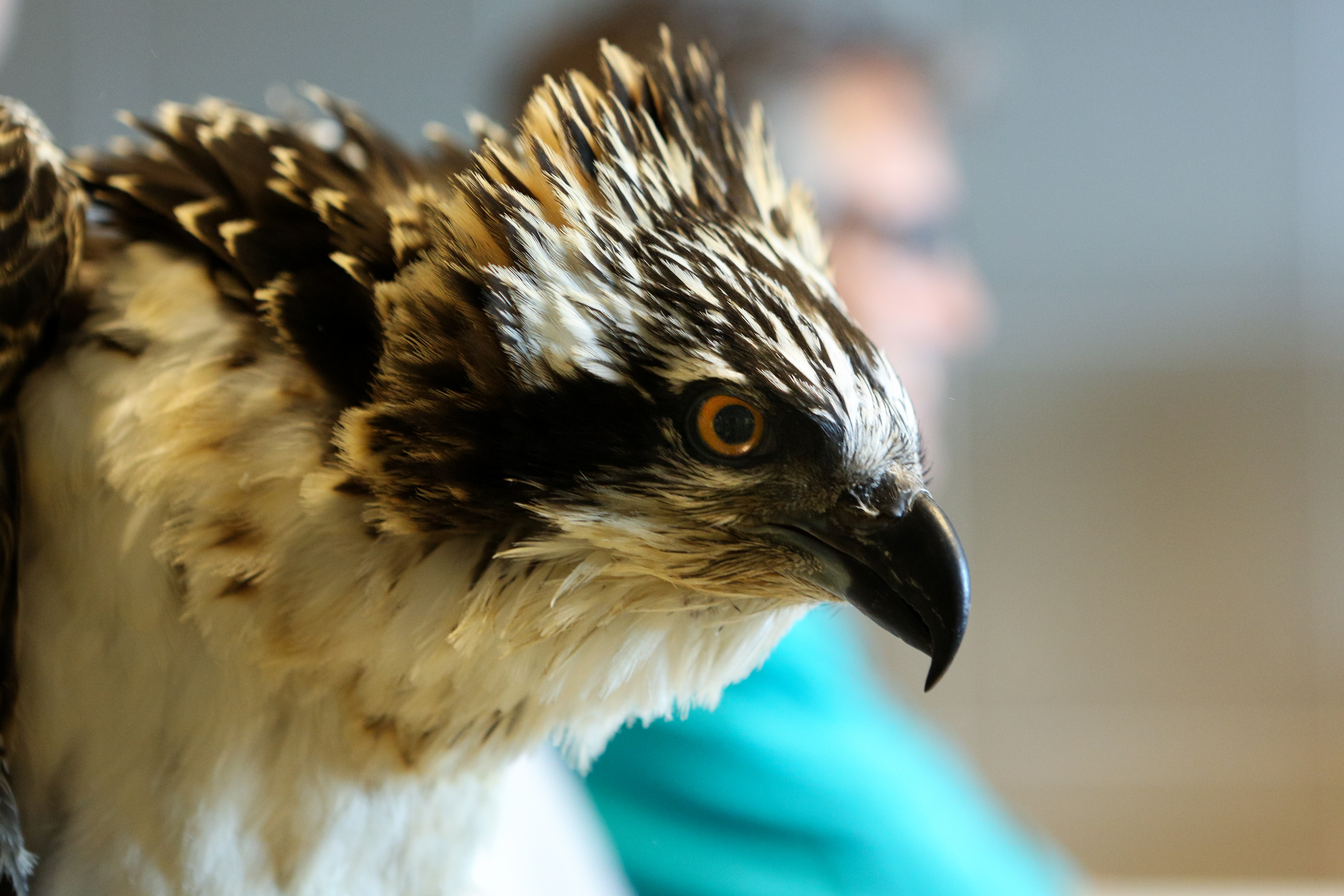
Reintroduction of the osprey in Portugal: Two hatchlings are born in Alqueva

CIBIO- InBIO and EDP renew their partnership and give continuity to the project
Five years since the start of the Project to Reintroduce the Osprey in Portugal, developed by CIBIO-InBIO - Research Center in Biodiversity and Genetic Resources and funded by EDP, the confirmation is here that the birds released in the context of this important conservation initiative are reproducing successfully in Alqueva.
Between 2011 and 2015 the reintroduction project transferred 56 youths from Sweden and Finland to the Alqueva dam, where 47 successfully scattered after the acclimatization period. The specimens were marked with colored rings to enable detecting your return as potential players. The return of the first adult was observed only in 2014, but in 2015, four observations of ringed birds have been reported in the Alqueva region and in southern Spain.
The first nests in Portugal also appeared in 2015: one at the Alqueva reservoir and one in Costa Vicentina, the area where the native population became extinct in 2002. In both cases, reproduction was successful, with 2 juveniles seen flying near the coast and 1 in Alqueva, these being the first successful reproductions in Portugal since 1996.
Eagle introduced in Alqueva chose the same territory to nest
This spring, the osprey, or 'guincho', as it was popularly known in Portugal for centuries, is reproducing again in Alqueva, where two chicks hatched a few days ago. The male of the couple was brought from Finland to Portugal and released in Alqueva in 2012, whereas the female comes from a reintroduction project carried out in Andalusia, where she was released in 2012, after being transferred from Germany.
Recently, 4 other individuals from the Portuguese project were spotted: two around the Alqueva reservoir, whose identity is still unknown because it was not possible to read the rings, and two males in Andalusian dams, released in Alqueva in 2012 and 2014. The first one has already been sighted in Cadiz, in 2015.
EDP renews funding for the project
The project is now entering a new phase, with the recent renewal of the partnership between CIBIO-InBIO and EDP. Habitat improvements, made possible by an additional three years of funding, will attract birds released both in Portugal and in Spain (Andalusia and the Basque Country), as well as birds in migratory transit through Portugal. Researchers also aim at ensuring an effective monitoring of returns, nesting and reproduction, as well as wide dissemination and public awareness.
According to Luís Palma, the CIBIO-InBIO, technical and scientific coordinator of the project, 'the renewal of the partnership is essential to ensure the success of the project, speeding up the installation of new breeding pairs and thus expand the new population', through the installation of artificial nesting platforms in carefully selected areas.
'Areas with an abundance of food and very sought after by this species, such as coastal estuaries and lagoons, major waterways and a good part of dams in the south of the country, are potential areas of interest for the project', explains Pedro Beja, researcher at CIBIO- InBIO and the general coordinator of the project.
'The reintroduction of the osprey allows us to demonstrate our conviction that it is possible to combine development with the preservation and even restoration of biodiversity', emphasizes António Neves de Carvalho, head of Sustainability at EDP. The project includes a strong component of environmental awareness and development of scientific knowledge, two essential conditions to ensure this alignment of economic and environmental values, emphasizes the manager.
The project's success is the result of several partnerships and support, with highlight to that of the researchers and entities of the two juvenile donor countries: Sweden and Finland. On the domestic level, among many others, equally decisive contributions included those of EDIA (Alqueva Development and Infrastructure Enterprise), the House of Bragança Foundation, the former SAIP (Alentejo Society of Investment and Holdings), the ICNF (Institute for Nature and Forest Conservation) and the University of Évora.